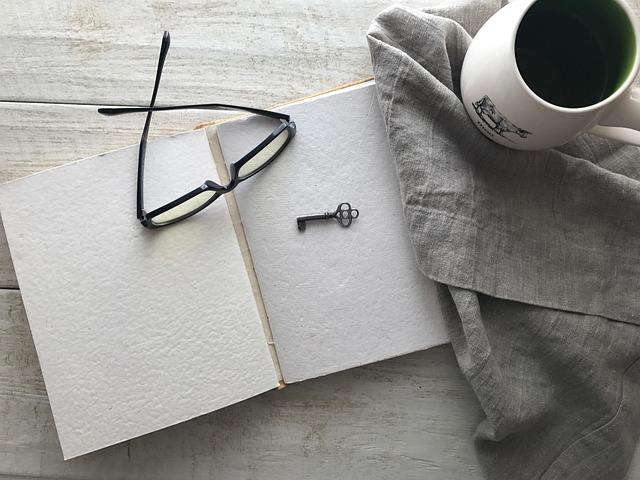Introduction: Biomaterials That Build Themselves
Imagine materials that mimic the body's natural scaffolding, promoting healing from within. Regenerative medicine aims to repair or replace damaged tissues, but traditional methods face hurdles like immune rejection and complex surgeries. Self-assembling peptides (SAPs) represent a groundbreaking approach: tiny protein fragments designed to spontaneously build supportive structures, paving the way for enhanced tissue regeneration.
What are Self-Assembling Peptides (SAPs)?
SAPs are short chains of amino acids, the building blocks of proteins. They are specifically engineered so that under certain conditions (like body temperature, pH, or ion concentration), they automatically connect and organize themselves into precise nanoscale structures. Think of them like molecular LEGOs clicking together. These structures – often nanofibers or hydrogels – create a 3D environment that closely resembles the natural extracellular matrix (ECM), the supportive mesh surrounding our cells.
# Representative SAP sequence (RADA16-I)
# R = Arginine (Hydrophilic, + charge)
# A = Alanine (Hydrophobic)
# D = Aspartic Acid (Hydrophilic, - charge)
Sequence: RADARADARADARADA
# This specific pattern of alternating hydrophilic/hydrophobic
# residues drives self-assembly into stable beta-sheet nanofibers.The Science of Self-Assembly
The magic lies in the peptide sequence. The specific arrangement of amino acids dictates how SAPs interact. For instance, sequences with alternating water-loving (hydrophilic) and water-fearing (hydrophobic) amino acids, like the RADA16 example, tend to form flat structures called beta-sheets. These sheets then stack upon each other, forming stable nanofibers that create hydrogel networks.
This spontaneous organization isn't random; it follows fundamental thermodynamic principles. Systems naturally tend towards lower energy states. Self-assembly achieves this stability, often explained by the Gibbs Free Energy equation: ΔG = ΔH - TΔS Where a negative ΔG indicates a spontaneous process, favoring the assembled state over individual peptides. This reflects the balance between bond formation (ΔH) and the system's order/disorder (ΔS) at a given temperature (T).
Revolutionizing Regenerative Applications

- **Bone Regeneration:** SAP scaffolds provide attachment sites and signaling cues, encouraging bone cells (osteoblasts) to populate the area, differentiate, and accelerate repair.
- **Cartilage Repair:** Injectable SAP hydrogels can fill cartilage defects, creating a supportive environment for cartilage cells (chondrocytes) to produce new matrix.
- **Neural Tissue Engineering:** SAPs can form aligned nanofibers that guide regenerating nerve fibers (axons) across injury sites, potentially aiding recovery from spinal cord or nerve damage.
- **Advanced Wound Healing:** SAP hydrogels can act as a temporary ECM, facilitating cell migration, blood vessel formation (angiogenesis), and organized collagen deposition for faster, scar-reduced healing.
Key Advantages of SAP Technology

- **Excellent Biocompatibility:** Derived from natural amino acids, SAPs are generally well-tolerated, minimizing inflammatory responses and immune rejection.
- **Controlled Biodegradability:** SAPs can be designed to break down naturally over predictable timescales as new tissue forms.
- **Customizable Design:** By altering the amino acid sequence, researchers can fine-tune SAP properties (e.g., stiffness, degradation rate, cell-binding motifs) for specific applications.
- **Minimally Invasive Delivery:** Many SAPs form hydrogels upon injection, allowing them to be delivered precisely to target sites without extensive surgery.
Future Directions and Overcoming Hurdles

Despite significant promise, challenges remain. Key areas of ongoing research include enhancing the mechanical strength of SAP hydrogels for load-bearing applications, precisely controlling degradation rates to match tissue growth, and developing cost-effective, large-scale manufacturing processes. The future likely holds SAPs integrated with drug delivery systems, advanced cell therapies, and highly personalized regenerative treatments.